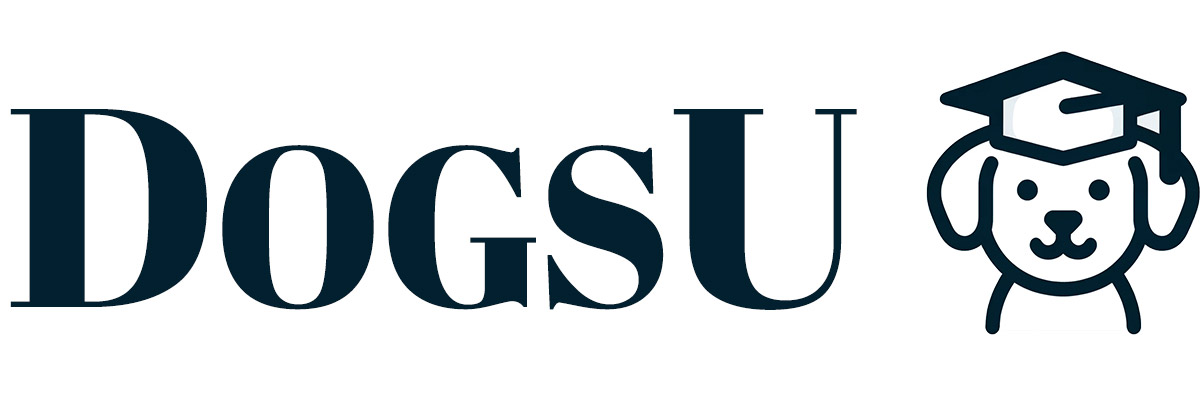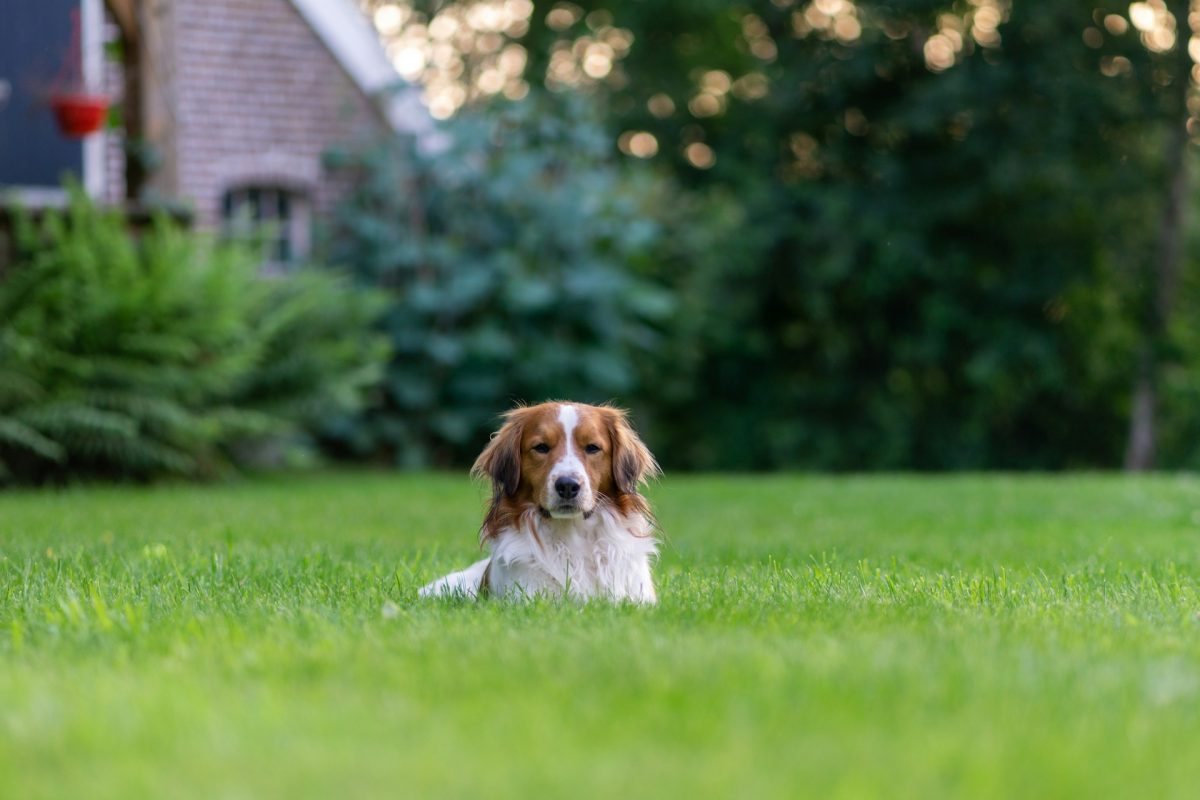Recall, or teaching your dog to come when called, is arguably one of the most important commands a dog can learn. This command is essential not only for managing your dog in various situations but also for ensuring their safety. Whether it’s avoiding a potentially dangerous encounter with wildlife, navigating busy streets, or simply maintaining control in off-leash parks, a reliable recall can be a lifesaver.
Building a Foundation with Positive Reinforcement
At the heart of effective recall training lies positive reinforcement. This method involves rewarding your dog for desired behaviors, thereby increasing the likelihood of these behaviors being repeated. When it comes to recall, the reward must be more appealing than whatever is distracting your dog. High-value treats, enthusiastic praise, and physical affection are all potent rewards. The key is to make responding to their name and the recall command the best choice in your dog’s mind.
Gradual Progression in Training Environments
Training should begin in a controlled, low-distraction environment, such as inside your home. Once your dog consistently responds to the recall command indoors, gradually introduce more challenging environments. This can include your backyard, a fenced park, or during quiet times in public spaces. Each new environment introduces different distractions, and your dog’s ability to recall amidst these distractions is a testament to their training’s effectiveness.
Consistency and Repetition
Consistency is crucial in dog training. Use the same command every time, and ensure everyone in your household does the same. Repetition reinforces the behavior, making it more reliable. Training sessions should be short but frequent, ensuring your dog remains engaged and doesn’t become bored or frustrated.
The Role of Leashes and Long Lines
In the early stages of recall training, leashes and long lines are invaluable tools. They allow you to control your dog’s movement and ensure their safety in more open or potentially distracting settings. Gradually increasing the length of the leash or long line can help your dog adjust to greater distances from you, teaching them that the recall command applies regardless of how far away they are.
Dealing with Distractions
One of the biggest challenges in recall training is overcoming distractions. Start with minimal distractions, gradually increasing the difficulty as your dog becomes more reliable. If your dog fails to respond, resist the urge to repeat the command multiple times. Instead, gently guide them back to you using the leash or long line and try again. Patience and persistence are key.
Reinforcement Over Punishment
Never punish your dog for returning to you, even if it takes longer than you would like. Doing so can create a negative association with the recall command, making them less likely to come when called in the future. Always use positive reinforcement to encourage the behavior you want to see.
The Importance of Realistic Expectations
While the goal is a dog that reliably responds to the recall command in any situation, it’s important to have realistic expectations. Distractions can be overwhelming, especially in the early stages of training. Recognize and celebrate the progress your dog makes, understanding that perfection takes time.
Advanced Recall Training Techniques
For dogs that master basic recall, advanced training techniques can further refine their responsiveness. This can include practicing with higher levels of distractions, incorporating recall into play and exercise, and even competitive obedience training. The goal is to ensure that your dog responds to the recall command in a variety of situations and environments.
Maintaining Recall Reliability
Recall training is not a one-and-done task. Maintaining reliability requires ongoing practice and reinforcement. Regularly revisiting training exercises, even after your dog has demonstrated solid recall skills, will help keep the behavior strong. Additionally, always be mindful of your dog’s safety and the potential for unpredictable situations.
Teaching your dog to come when called is more than a convenience; it’s a critical aspect of their safety and well-being. By using positive reinforcement, gradually increasing difficulty, and maintaining consistency, you can develop a reliable recall response in your dog. Remember, patience and persistence are your best tools in this journey. Celebrate your successes and view any setbacks as opportunities for growth. With time and dedication, your dog will learn to navigate the world more safely and confidently, knowing that they can trust your guidance in any situation.



